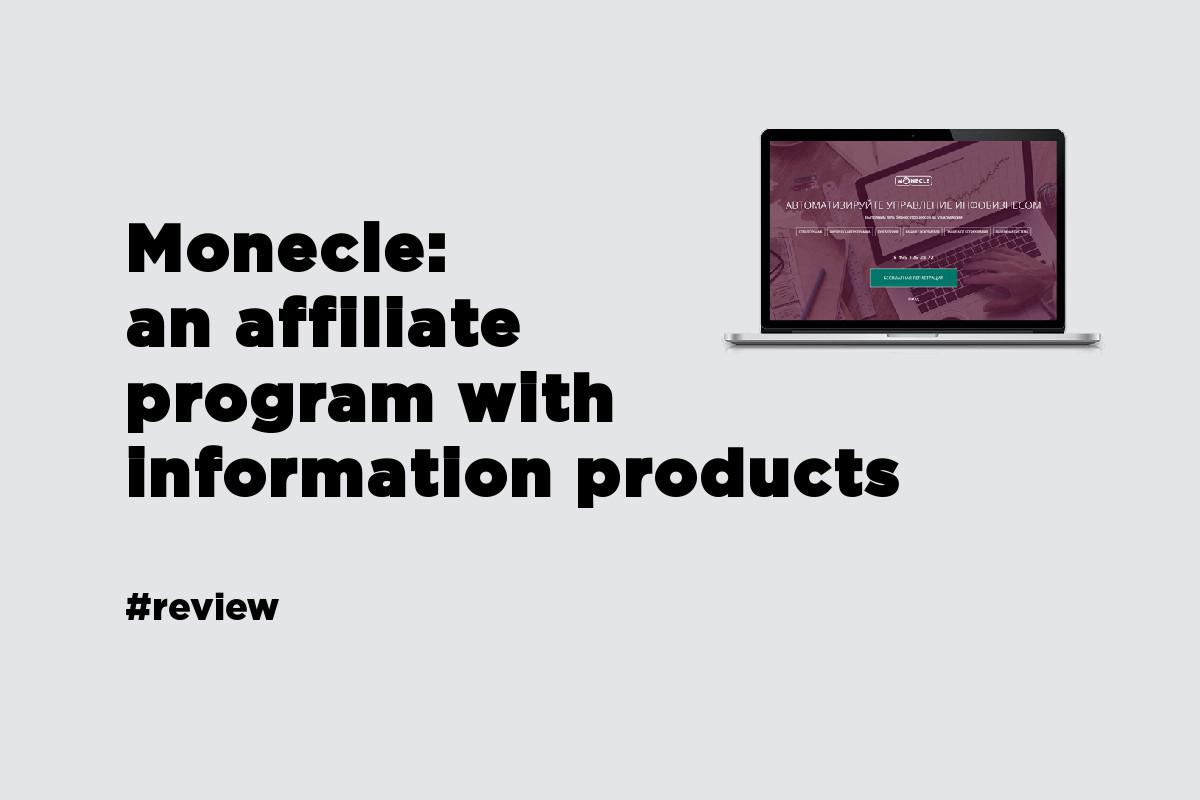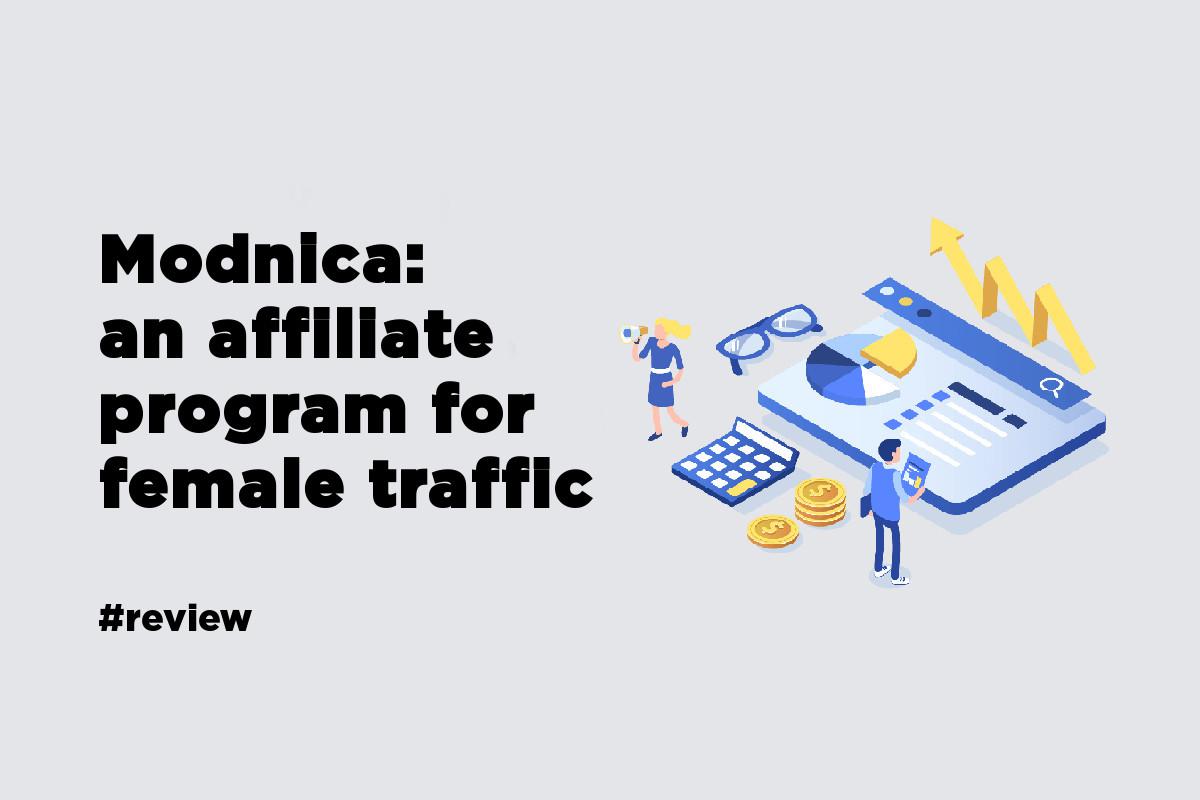CPA
Affiliate programs and networks that work with the Cost Per Action payout model pay only for the target action users perform on the advertiser’s website. It may be application, registration, or purchase.
The CPA model is usually available for most verticals. Although, CPA has many sub-categories and it is better to double-check the conditions in advance by verifying the target action, whether it is registration, app install, filling out a form, purchase, or a deposit.

Huksy: an affiliate program with exclusive nutra offers
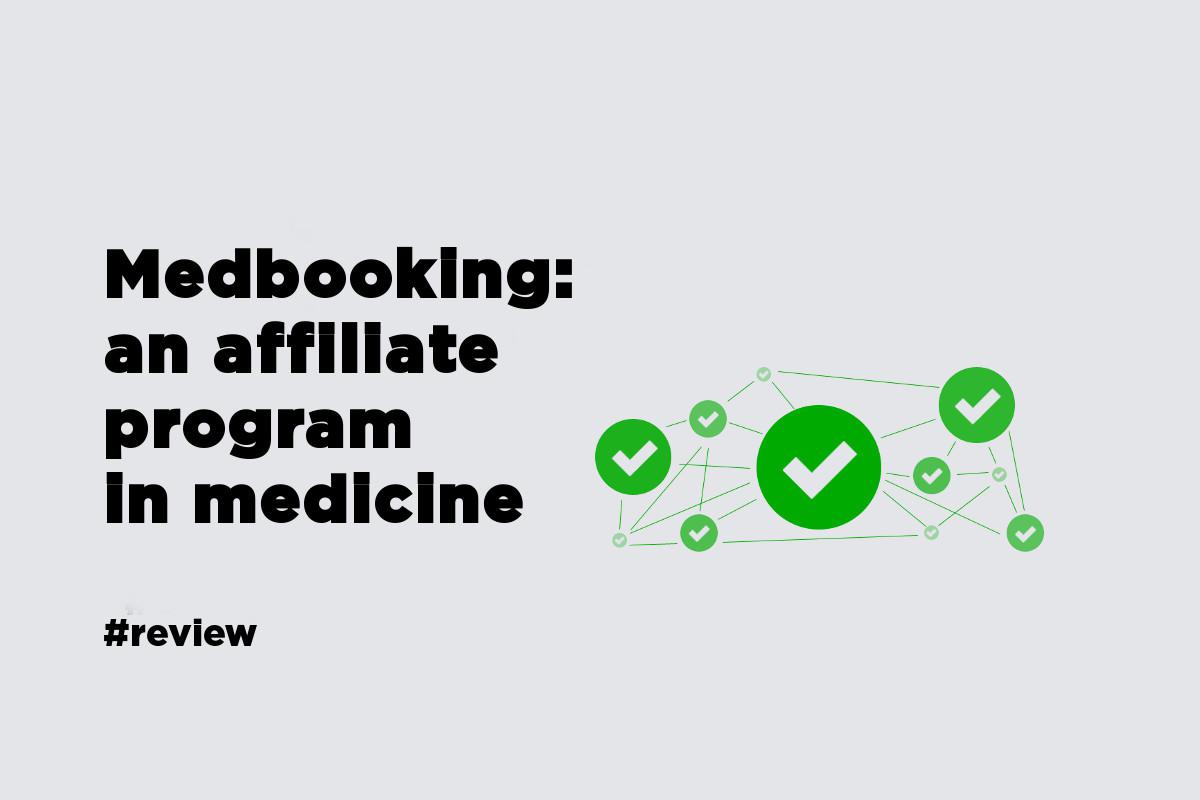
Medbooking: an affiliate program in medicine
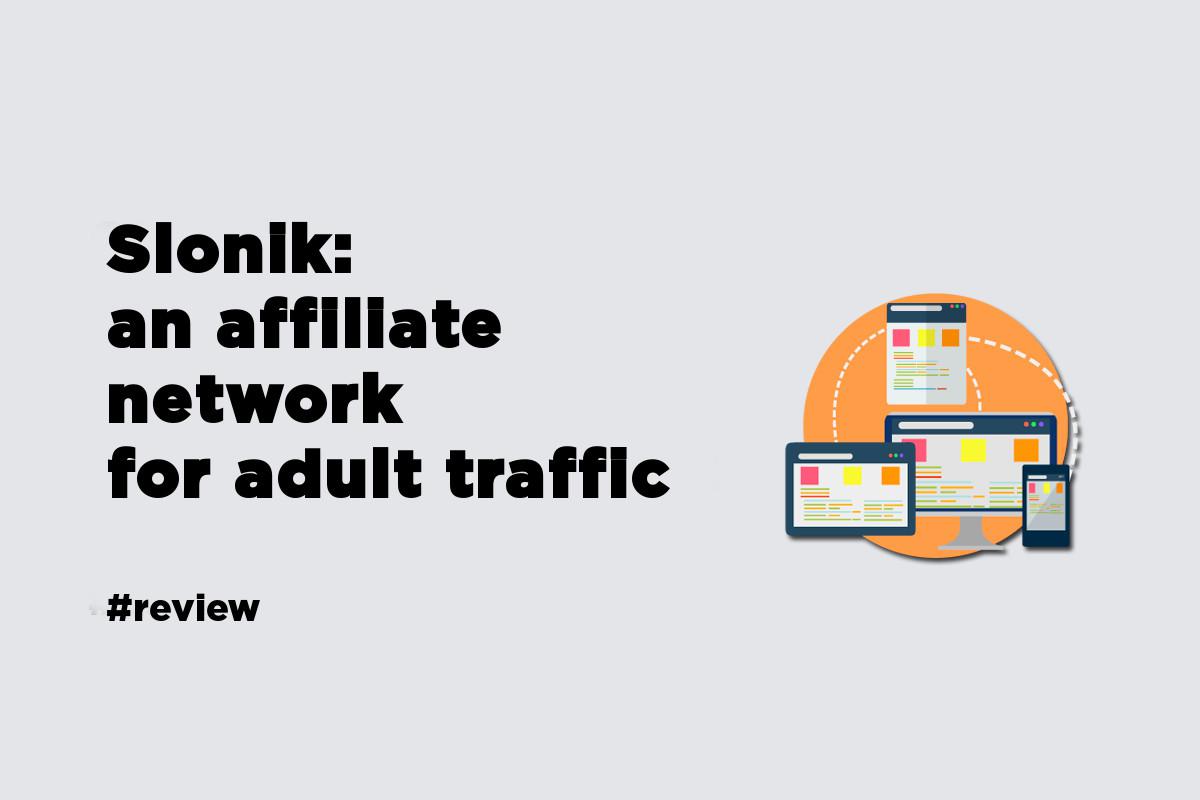
Slonik: an affiliate network for adult traffic
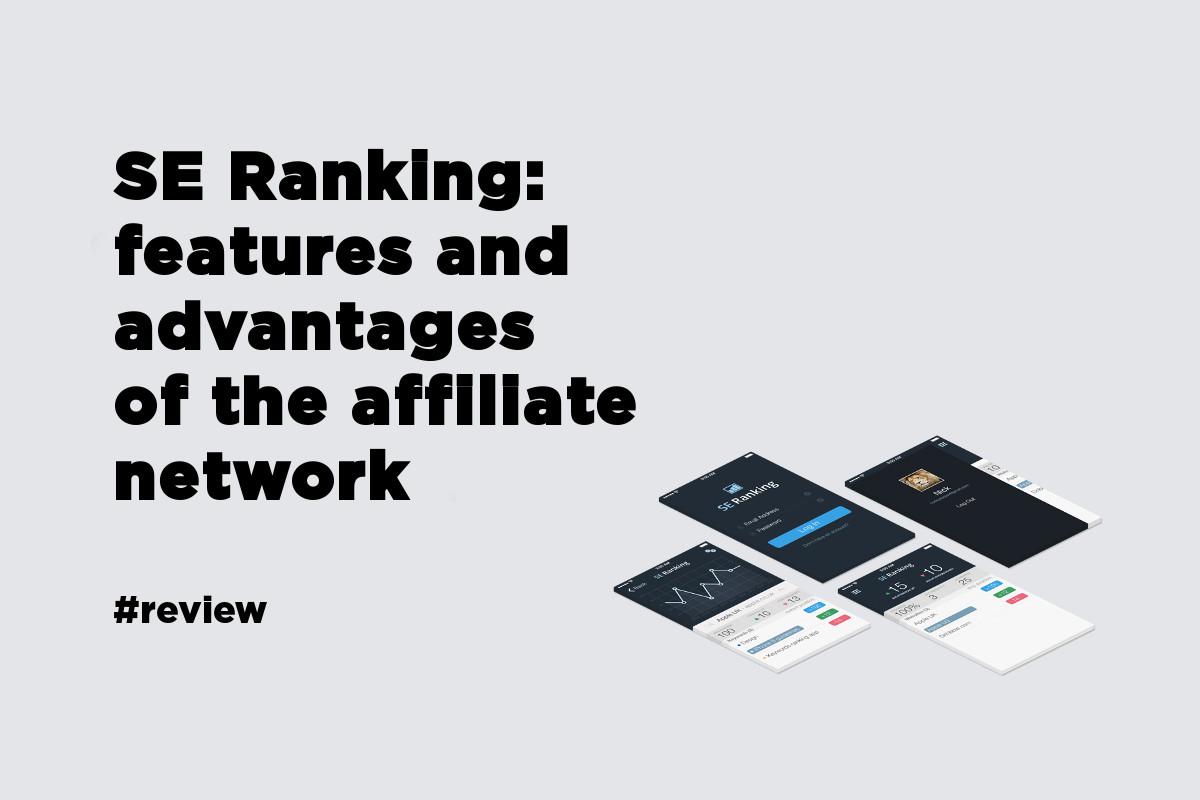
SE Ranking: features and advantages of the affiliate network
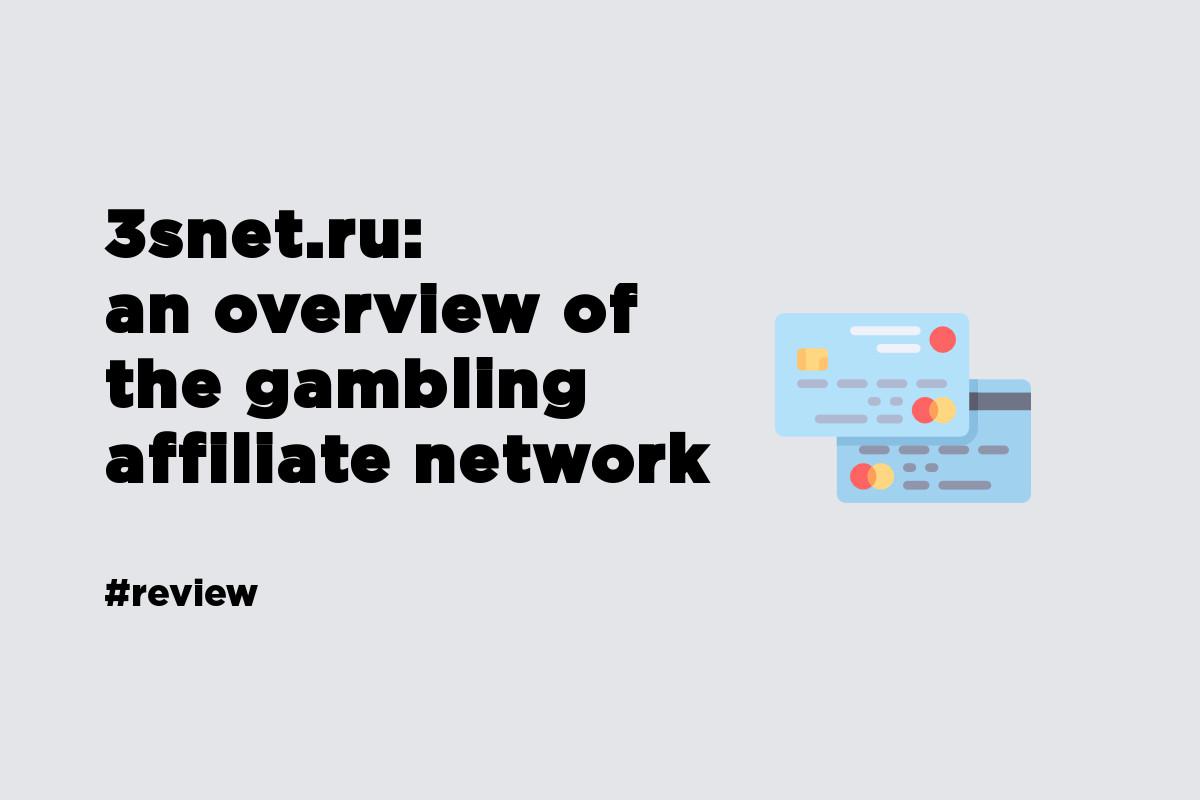
3snet.ru: an overview of the gambling affiliate network
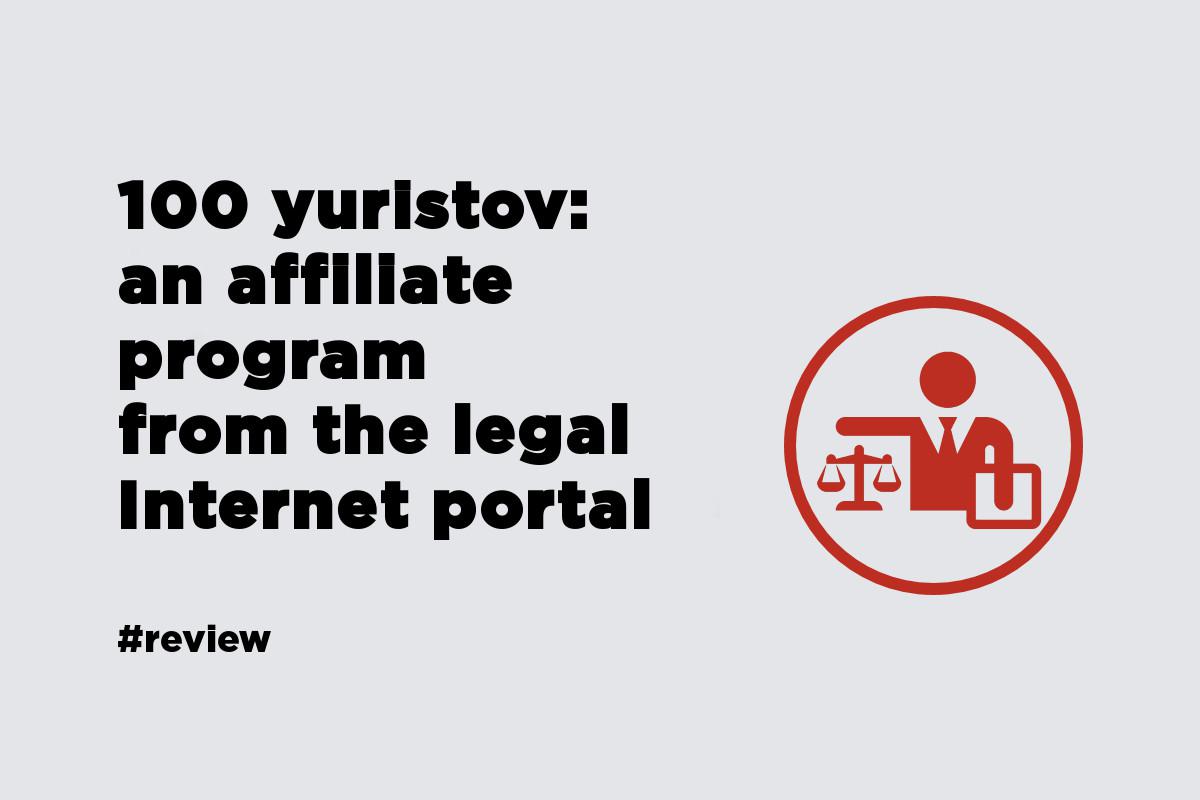
100 yuristov: an affiliate program from the legal Internet portal
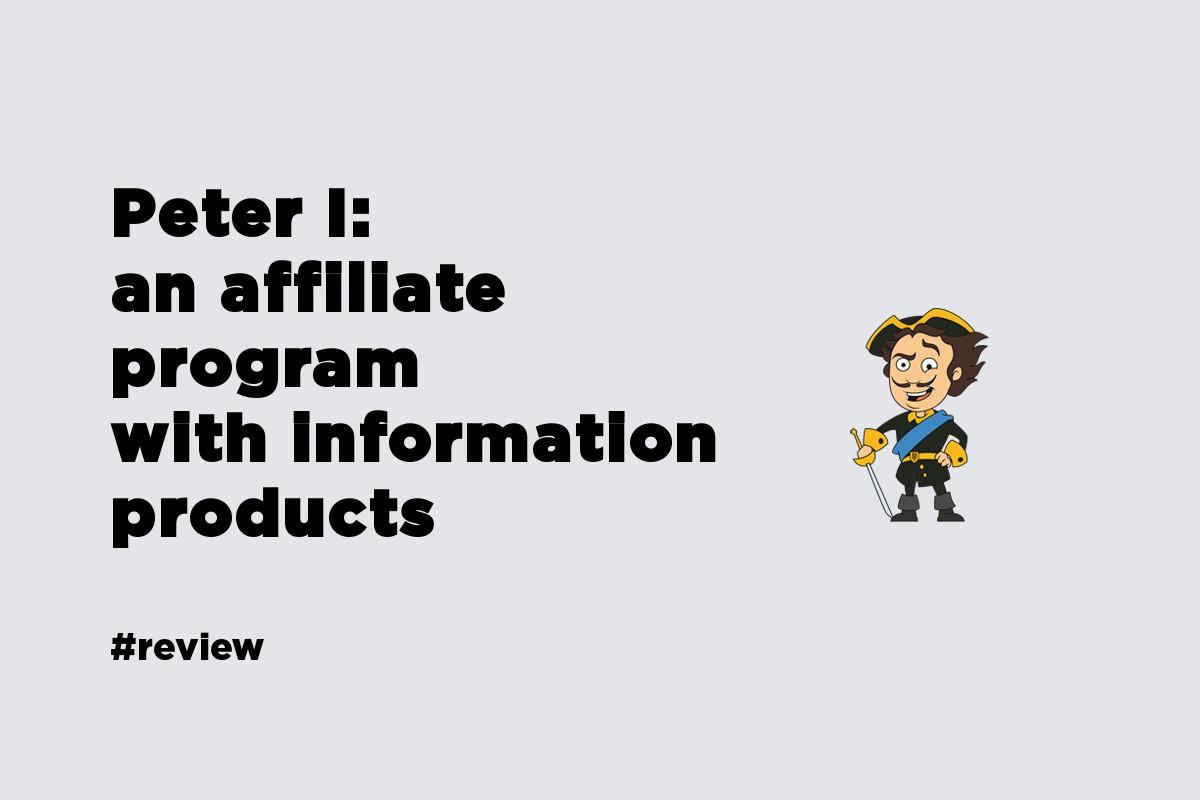
Peter I: an affiliate program with information products
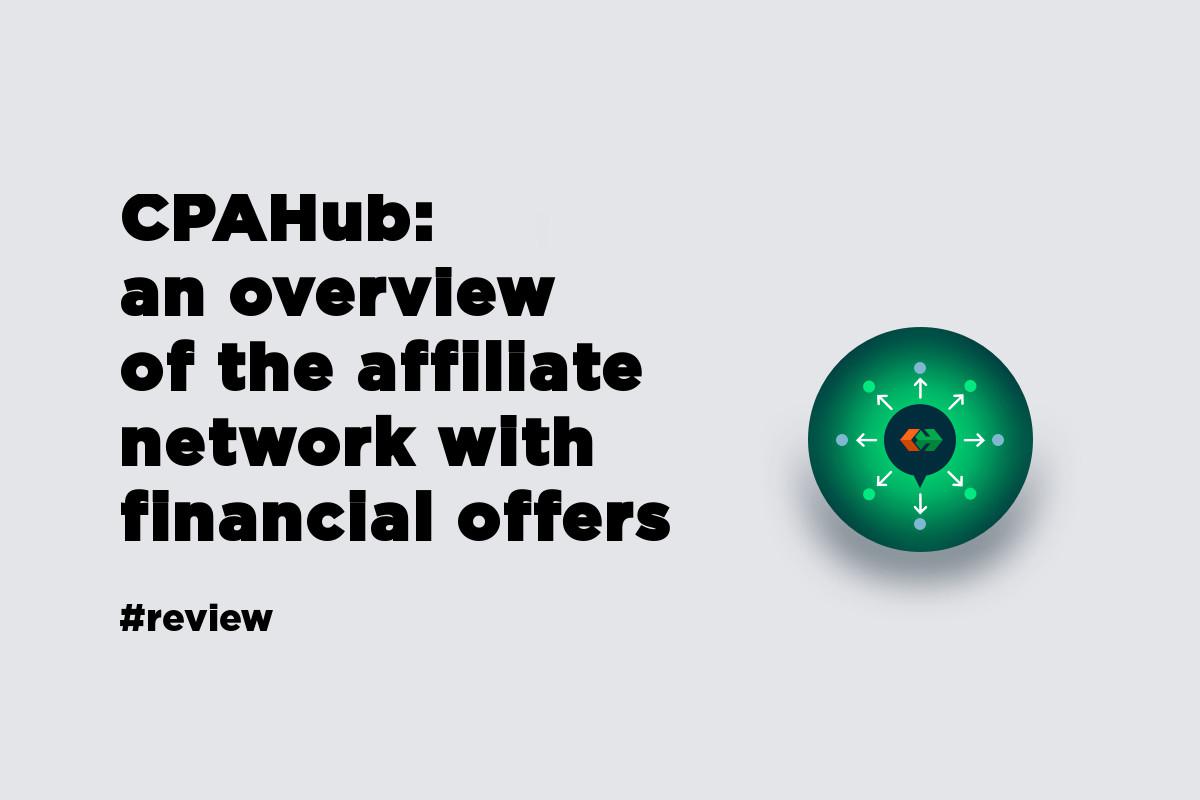
CPAHub: an overview of the affiliate network with financial offers
CPA Networks in Affiliate Marketing: How to Monetize Affiliate Campaigns and What Affiliate Network to Choose
Affiliate marketing has revolutionized how businesses expand their reach and engage with potential customers. Among the diverse strategies in this field, one stands out as a powerful tool for both advertisers and affiliates alike: CPA networks. In this article, we’ll delve into the world of CPA networks, understanding how they operate and their role in affiliate marketing success.
What is a CPA network and how it operates
Before we delve into the world of CPA networks and their operations, let’s first understand what CPA stands for. CPA, or Cost per Action, is a crucial concept in the realm of affiliate marketing. This pricing model focuses on paying marketers for specific actions or acquisitions, such as sales, registrations, downloads, opt-ins, or sign-ups. It’s a performance-based model that connects product owners with potential buyers through targeted actions.
The fundamentals of CPA
At its core, CPA marketing involves collaboration between businesses (advertisers) and influencers, bloggers, or publishers (affiliates). The affiliate promotes the advertiser’s products, and in return, receives a commission fee for every customer who completes a specific action, such as making a purchase, signing up, or subscribing. Unlike other digital marketing tactics, where brands pay for visibility with no guarantee of a sale, CPA marketing ensures that payment occurs only after a successful action.
The basic steps of CPA marketing include:
- Find a suitable CPA offer: identify an attractive CPA offer that aligns with your target audience and objectives.
- Select the right traffic source: choose an affordable and converting traffic source that complements the chosen CPA offer.
- Create effective ad banners: design compelling ad banners and test them rigorously to determine the most effective one.
- Launch and optimize: launch your campaign and continually optimize it for improved performance, focusing on what works best.
- Constant profit evaluation: monitor potential profits and optimize underperforming sources to maximize conversions.
Understanding CPA networks
A CPA network (also known as an affiliate network) serves as an intermediary bridge between direct advertisers, who operate based on the CPA model, and affiliate marketers. These networks aggregate a diverse range of CPA offers from various advertisers, making it convenient for affiliate marketers to find suitable offers in specific verticals.
CPA = Total Amount Spent/Number of Conversions
Affiliate networks often specialize in one or more verticals to streamline the process further, ensuring that marketers can access a curated selection of offers tailored to their niche and audience. This arrangement simplifies the search for relevant offers and facilitates a more efficient partnership between marketers and advertisers.
The earning potential in CPA affiliate marketing varies, influenced by factors such as action complexity, competition, and your experience level. With experience, you can negotiate better commission rates and achieve a higher ROI, solidifying your position as a successful affiliate marketer.
Weighing CPA networks vs. In-house affiliate programs
As you embark on your affiliate marketing journey, it’s crucial to assess the advantages and disadvantages of joining CPA networks versus in-house programs:
Advantages of joining CPA networks:
- Integrated advertising: by partnering with affiliates who have established audiences, businesses gain access to a broader demographic, helping build brand awareness and reputation more effectively.
- High ROI: the pay-per-action nature of CPA marketing translates to an affordable advertising model, where advertisers only pay when a conversion occurs. This translates to a high return on investment (ROI).
- Low risk: CPA marketing is a low-risk strategy since advertisers pay only for conversions, greatly reducing the potential for affiliates to manipulate clicks or website traffic artificially.
- User-friendly: launching a CPA marketing campaign is straightforward. Select a CPA network, choose an offer, and you’re ready to start. You can even appoint an affiliate manager to negotiate agreements and have commissions paid automatically.
Disadvantages of joining CPA networks:
- Testing and investment: CPA affiliate marketing requires careful testing and campaign optimization, potentially involving an initial investment.
- Changing offers: offer terms may change, necessitating adjustments to your campaign strategy.
- Network share: networks take a share of profits, which can impact your potential commissions compared to in-house programs with recurring commissions.
Accessing CPA offers
As an affiliate marketer, you have two primary avenues for accessing CPA offers: directly from a direct advertiser or through a CPA network. Each option has its advantages and considerations, especially for beginners.
Direct advertisers typically have their in-house media buying teams, but their capacity may not cover all potential marketing needs. They establish affiliate programs to expand their reach through collaboration with affiliate marketers. While direct advertisers often offer higher payouts, they tend to select marketers with proven success in their niche.
For those starting their affiliate journey, a CPA network presents a more accessible and advantageous option. CPA networks welcome affiliates at all levels of experience, providing valuable assistance through dedicated managers and ready-to-use promotional materials. However, it’s essential to note that payouts from CPA networks may be lower compared to what direct advertisers offer. This trade-off ensures that affiliate marketers gain valuable support and access to a broader array of offers, even if the payouts are slightly reduced.
Navigating traffic sources and advertising formats in affiliate marketing
In the vast world of affiliate marketing, the ability to harness the right traffic sources and employ effective advertising formats can make all the difference between a successful campaign and one that falls short of its goals.
Diverse traffic sources
Traffic sources are the channels through which potential customers discover and interact with your affiliate offers. Each source has its unique characteristics, advantages, and challenges. It’s crucial to choose the most suitable sources based on your target audience and the nature of the products or services you’re promoting. Here are some popular traffic sources:
- Search engines (SEO & SEM): organic search traffic from search engine optimization (SEO) efforts and paid traffic from search engine marketing (SEM) campaigns are powerful sources for affiliate marketers. Proper keyword targeting and ad placement can yield highly relevant traffic.
- Social media: social media marketing allows precise audience targeting based on demographics, interests, and behavior. Facebook, Instagram, Twitter, and LinkedIn provide a vast pool of potential customers.
- Email marketing: building a responsive email list can be a goldmine for affiliate marketers. Email campaigns allow you to communicate directly with your subscribers, increasing the likelihood of conversions.
- Native advertising: native ads blend seamlessly with the platform on which they’re displayed, providing a less intrusive advertising experience. This approach can improve user engagement and click-through rates.
- Push notifications: push notifications are gaining popularity for their ability to reach users directly on their devices, making them an effective way to promote affiliate offers.
- Display advertising: display ads, such as banner ads, can be placed on various websites within your niche. They provide visibility to a broad audience, but careful targeting is essential to ensure relevancy.
Effective advertising formats
Once you’ve identified the appropriate traffic sources, selecting the right advertising formats is crucial. The format you choose can significantly impact user engagement and conversion rates. Here are some widely used advertising formats in affiliate marketing:
- Banner ads: graphical ads displayed on websites. They come in various sizes and can be placed in prime positions for maximum visibility. Effective banner design and placement are essential.
- Text ads: simple text-based ads that often appear within content. They blend seamlessly with the surrounding text, making them less intrusive.
- Video ads: these ads can be displayed as pre-roll, mid-roll, or post-roll videos, allowing you to engage users with visual content.
- Native ads: native ads match the style and content of the platform on which they appear. They blend with the user experience, making them less likely to be perceived as ads.
- Pop-up and Pop-under ads: these ads open in new browser windows, capturing the user’s attention. They can be effective but should be used judiciously to avoid being overly intrusive.
- Push notifications: push notifications are short messages sent to users’ devices. They’re effective for reaching engaged audiences but require a careful balance to avoid being seen as spam.
- Influencer marketing: influencers have established credibility with their followers, increasing the chances of conversions.
A comprehensive exploration of CPA marketing
Monetizing through CPA networks is an intricate endeavor, demanding knowledge and strategic prowess. This guide assembles vital resources, insights, and methods to guide your path within the world of affiliate marketing, transcending specific niches. From e-commerce to technology, the principles within empower you to harness the potential of CPA networks. As you navigate this landscape, remember the universal strategies shared here, ensuring your journey to higher conversions, increased revenue, and sustained success, regardless of the niche you choose.
Articles and guides
- The Online Advertising Guide
- The Ultimate Guide to Affiliate Marketing in 2023
- Guide To Search Arbitrage With The Optimizer by IAmAttila
- Traffic Arbitrage Guide: Introduction, Tips & Tricks plus TONIC. Integration
Forums and communities
- AffiliateFix — a community for affiliate marketers to discuss strategies.
- Warrior Forum — a platform for affiliate marketing discussions and tactics.
- Mobidea Academy — a blog with articles covering affiliate marketing topics, including insights into most affiliate marketing verticals.
- Affiliate Marketing Podcast — a podcast discussing various affiliate marketing strategies.
- Stack That Money (STM) Forum — a premium affiliate marketing community with discussions, case studies, and insights across different areas, including traffic sources.
Conclusion
In the realm of affiliate marketing, the partnership between advertisers and affiliates is a dynamic force, fueled by strategies, innovation, and the pursuit of mutually beneficial goals. CPA networks stand as the bridges that span the gap, connecting these two essential players in a dance of conversions, engagement, and profitability.
Understanding the core principles of CPA, the steps to successful campaigns, and the pivotal role of CPA networks provides a compass for affiliate marketers seeking to navigate the seas of this vibrant industry. By embracing the advantages of CPA networks, affiliate marketers gain access to a treasure trove of curated offers, support from dedicated managers, and a community of like-minded professionals.
The journey into affiliate marketing, guided by the CPA model, is a path rich with potential. From the highs of integrated advertising, high ROI, and low risk to the practicality of user-friendliness, CPA networks offer an enticing landscape for marketers to explore. While the choice between direct advertisers and CPA networks presents its considerations, the accessibility, guidance, and diverse offers offered by CPA networks make them an attractive starting point for affiliates at every level.
So, as you embark on your own affiliate marketing odyssey, armed with the knowledge of CPA networks, may you chart a course filled with conversions, collaborations, and accomplishments. The seas of affiliate marketing await, and with CPA networks as your compass, you’re ready to navigate toward a future ripe with success.


